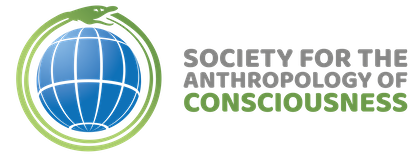Steven Elster (Center for Investigations of Health and Education Disparities, UCSD)
Establishing a Conversation With the Past and the Present: Towards a Greater Understanding of Southern California Creation Stories and Songs
More than thirty-five tribes are located in Southern California and along the California/Arizona border. Throughout this region, traditional singers continue to take part in ceremonies that involve the performance of song cycles, from dawn to dusk. In order to prepare for these events, singers must take on a variety of responsibilities. On one hand, there is the discipline. It can take several years to learn the 200 to 300 songs that comprise a song cycle. Singers use a variety of digital technologies to help them learn the songs. At the same time, these performers function as oral historians and community leaders. As singers speak with tribal elders and ask how their songs, their understanding of the music changes and deepens. Some information can also be recovered by considering scholarly accounts that were recorded in the first half of the 20th century. Alfred Kroeber, for instance, spent days listening to Mohave elders narrate their creation stories. With his publications, he presented the narrative of each story; but he minimized the importance of singing and dancing. My examination of the accounts left by Kroeber and Ruth Underhill and others suggest, for example, that a hundred years ago a rendition of a creation story might involve spoken narration, singing, dancing, and the playing of percussion instruments. This is an insight that can help to build a link between musical performances, past and present. [Text Originally in the AAA 2013 Program]
